Introducing Log Data Restoration on LogDNA
LogDNA is now Mezmo but the product you know and love is here to stay.

If you’re reading this, I’m pretty sure I don’t need to do much to convince you of the importance of logs. They are the core atomic unit for understanding your environments and provide the insights required to troubleshoot, debug, and more. The fact of the matter is that everyone in your organization needs logs to perform critical functions of their job. Developers need them to debug their applications, security engineers need them to respond to incidents, and support engineers need them to help customers troubleshoot issues. These various use cases create broad requirements for enriched log data and often include the need to access insights from outside typical retention windows. And for many teams, this creates an added layer of complexity that makes everyone’s jobs more difficult.
For example, let’s say your team needed to access archived logs to investigate a customer support ticket, or worse, a security incident. For some, this means your laptop plays double duty as a space heater while you reacquaint yourself with zgrep to unzip archived logs, or you’re left fiddling with unfamiliar cloud-based tooling to retrieve the logs you need to provide those insights. Alternatively, to avoid that manual pain, you may choose to expand the retention window to include more historical data in hot storage, but it comes at the detriment of your budget.
Neither option is ideal for teams that want to move fast. And both options inevitably result in a clunky experience that becomes a time and money sink just because you need to be able to access logs from a few months ago.
To lower the hurdle of analyzing historical log data for faster insights, we’re excited to announce LogDNA Log Data Restoration. This new feature allows customers to restore archived log data into LogDNA so that you can quickly view and search your logs.
Customers that have archived their logs via LogDNA can easily select a time range of logs to pull back into LogDNA to search with a familiar syntax and log viewer. No more unfamiliar tooling is needed to fetch logs that happen to be outside of the normal retention window.
Getting started is as simple as defining a time and date range for the relevant logs you need to pull in, which can be done directly in the LogDNA UI.

After restoring, the logs from your determined time range will appear in the LogDNA UI, allowing you to enjoy our simple and familiar search syntax to look through logs from the past and quickly get the insights you need.

Whether you need to pull a customer’s audit logs from two weeks ago, investigate an impact of a security incident from last month, or check if an error started occurring last quarter, you’ll be able to easily retrieve, search, and gain insight from those logs using Log Data Restoration.
We are really excited to share this new feature with our users and are looking for feedback before making it generally available. If you’re a LogDNA customer on an enterprise plan, you can sign up to try Log Data Restoration as part of a beta program. Click here to sign up for early access.

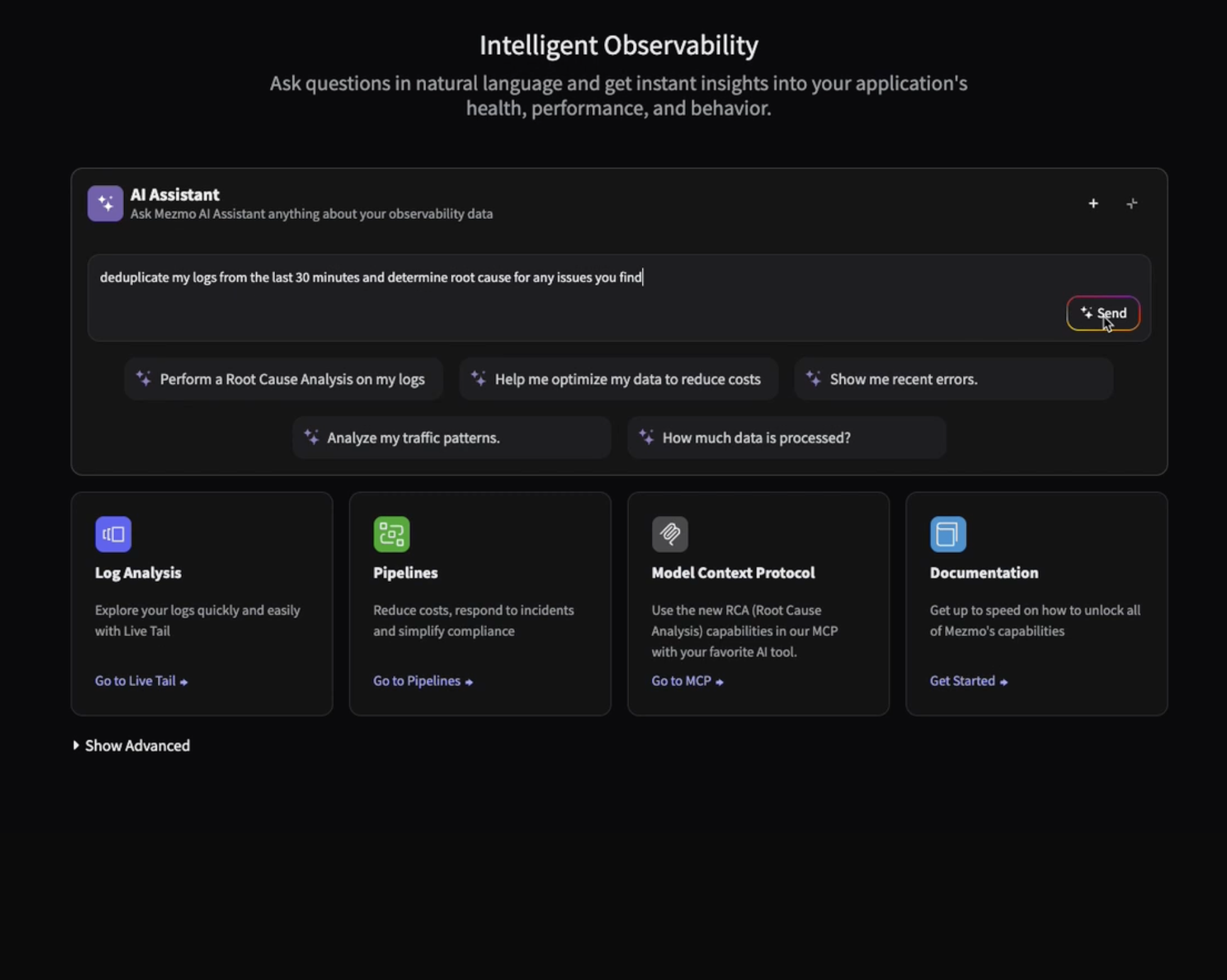
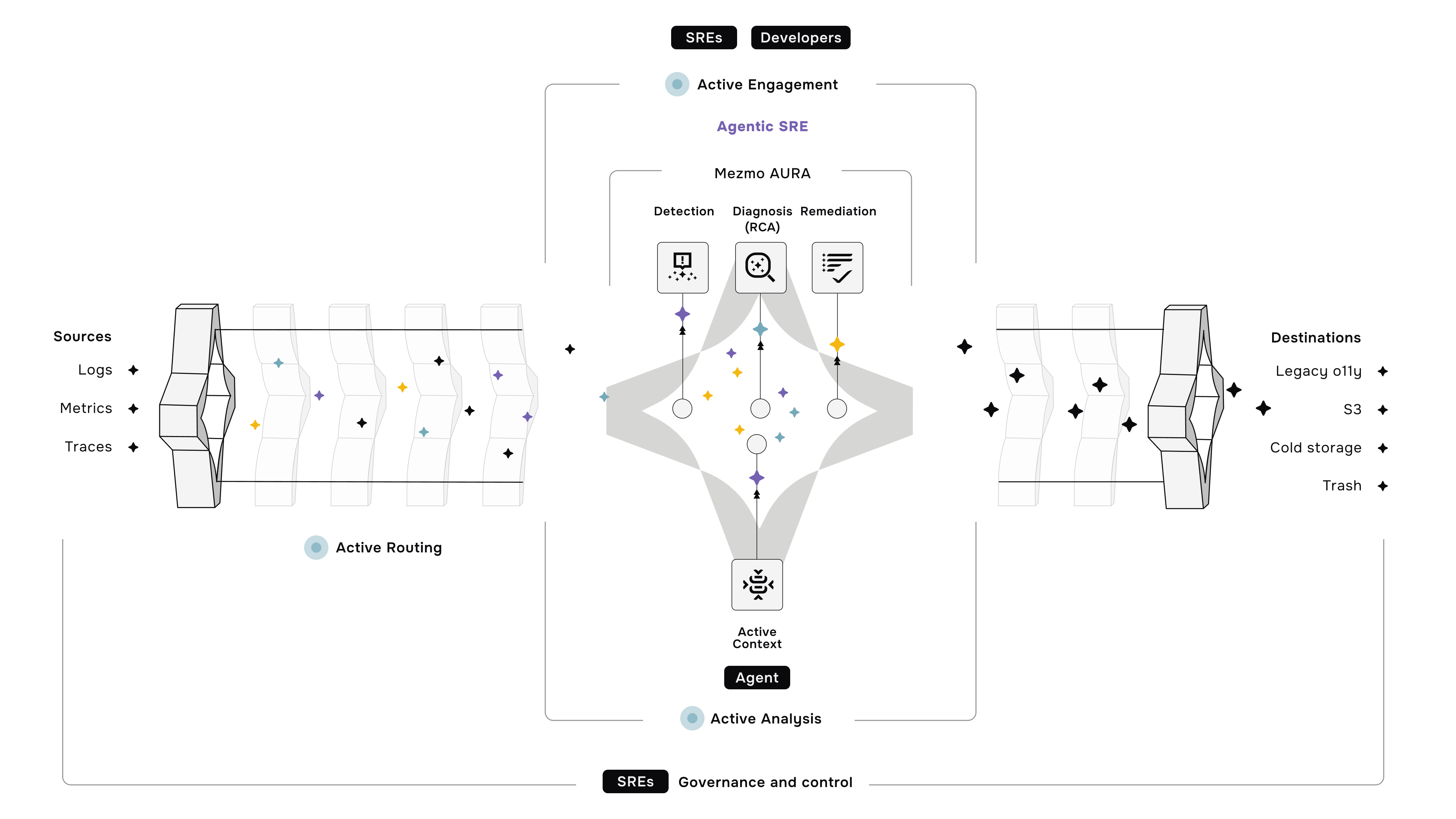

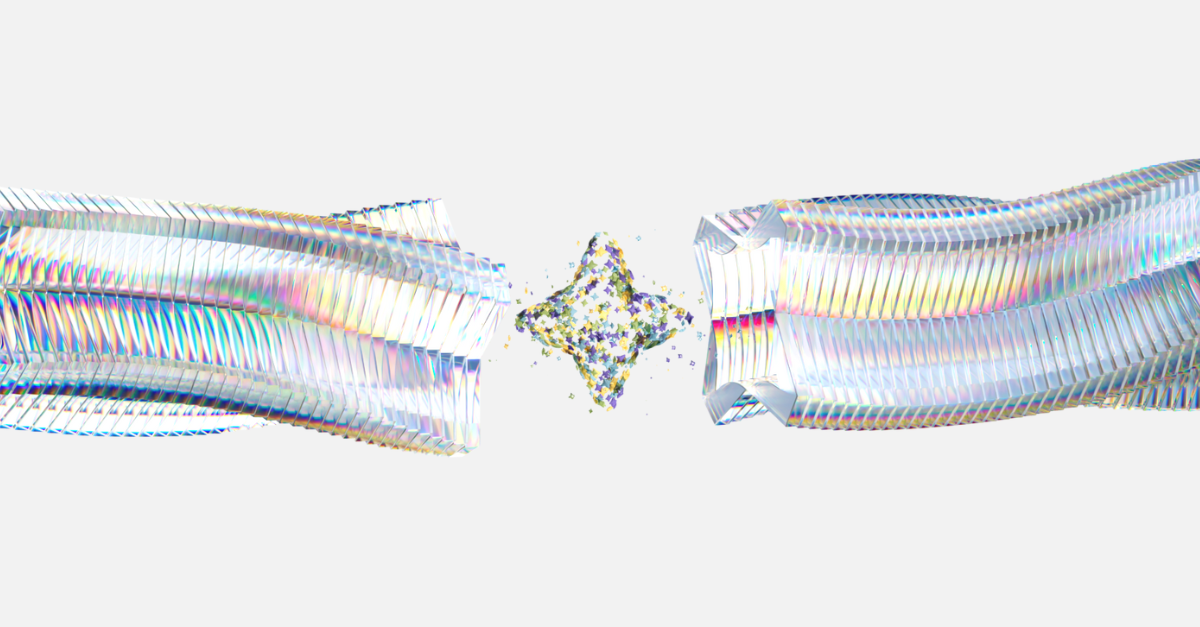




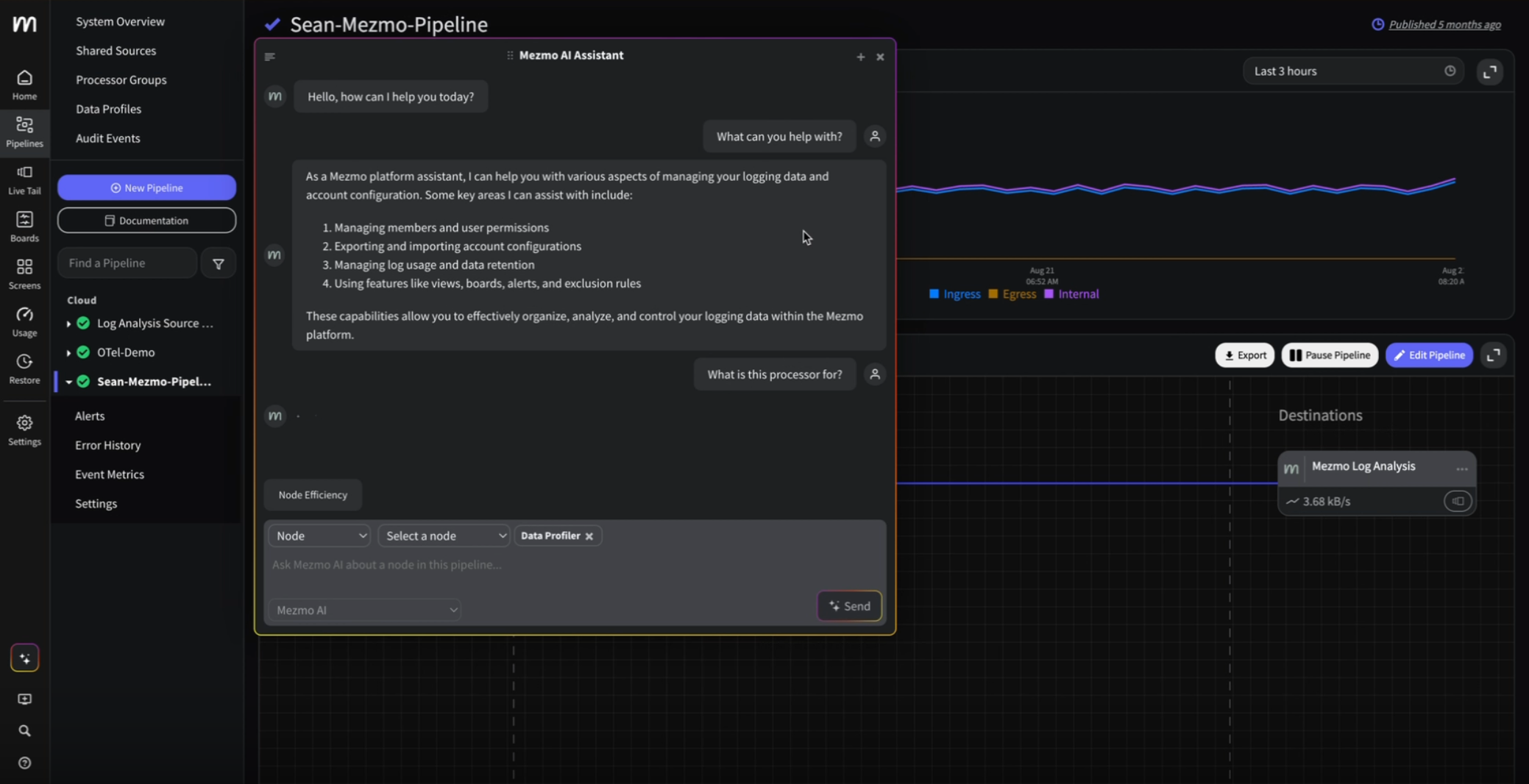
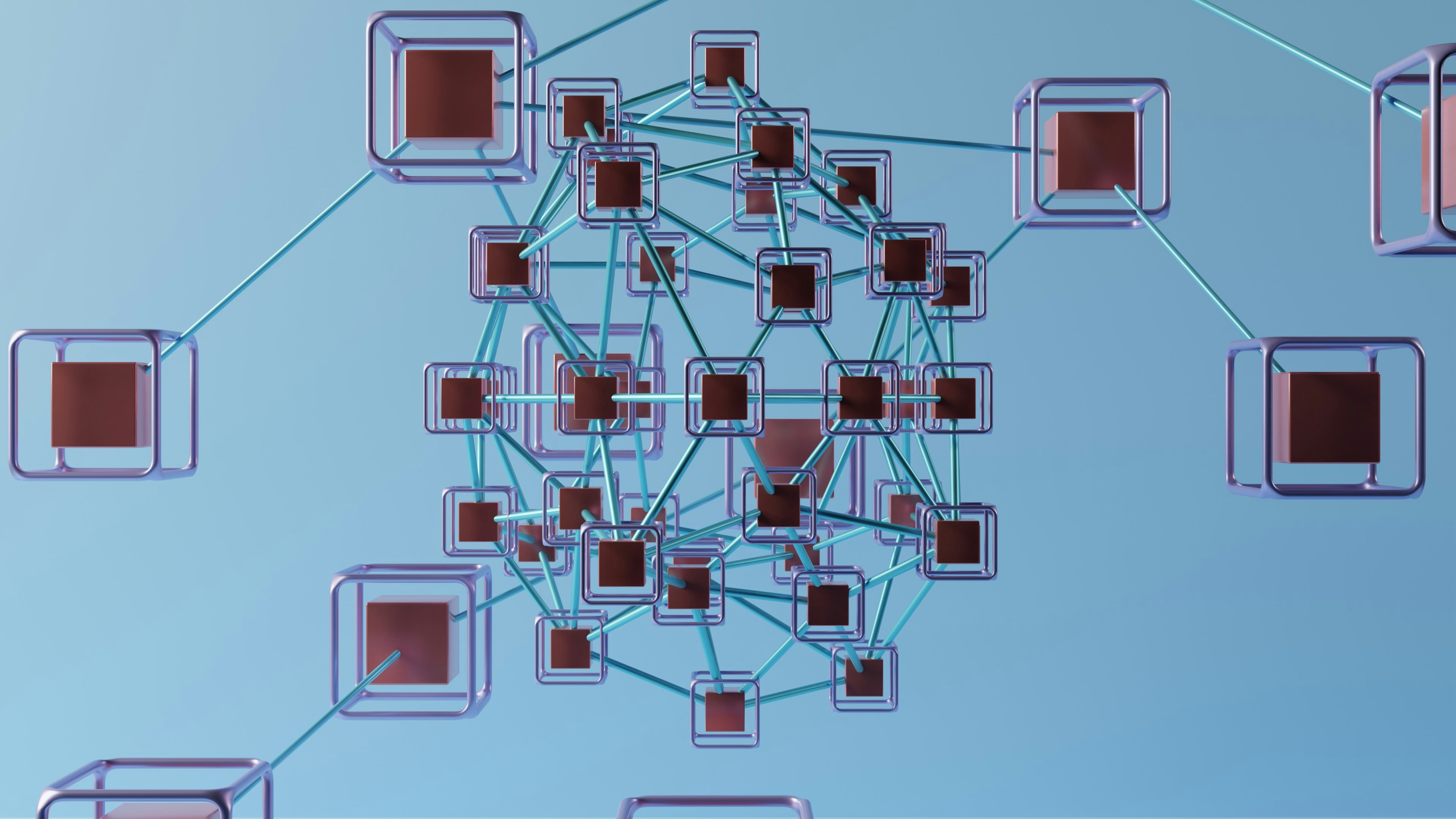

.png)




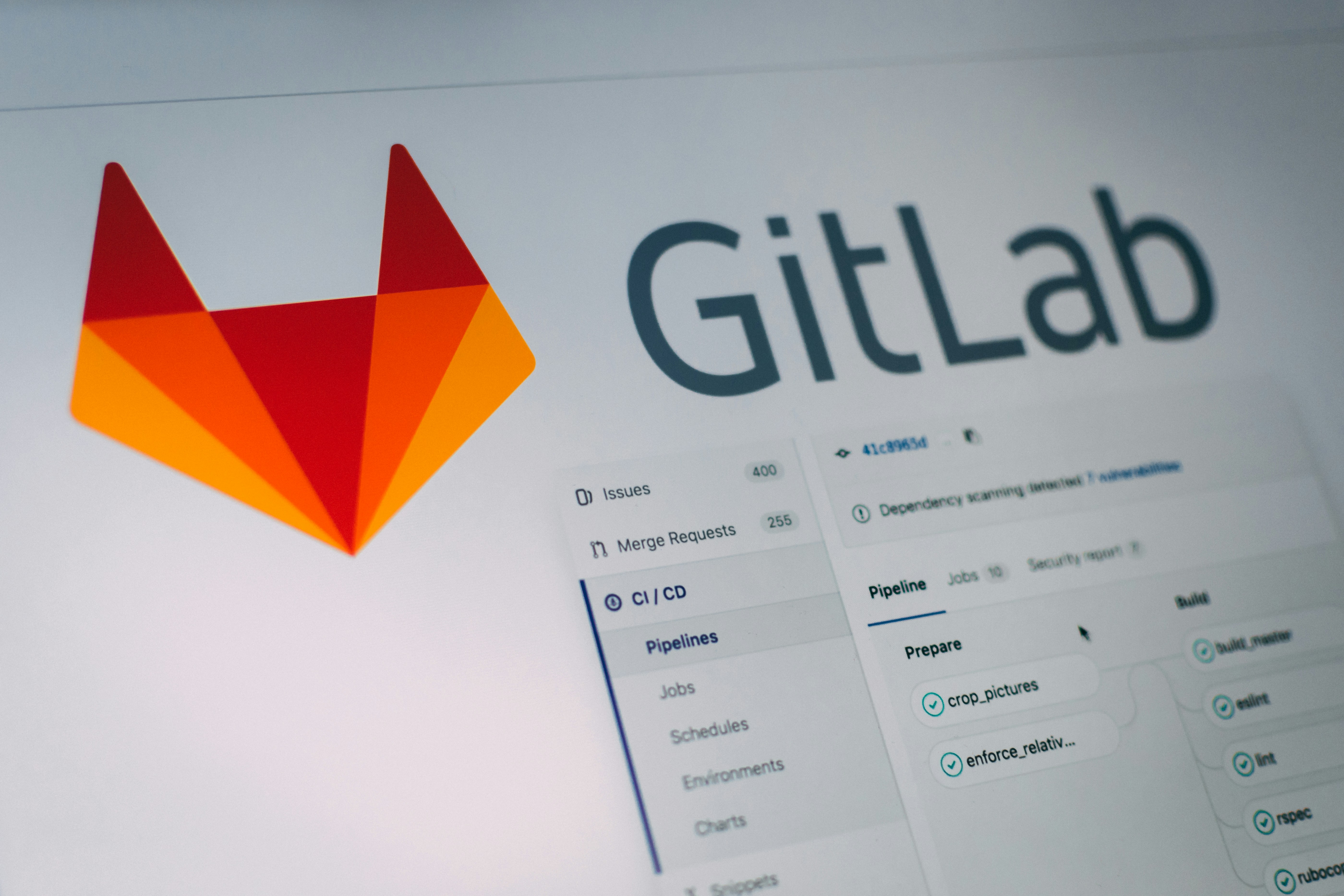
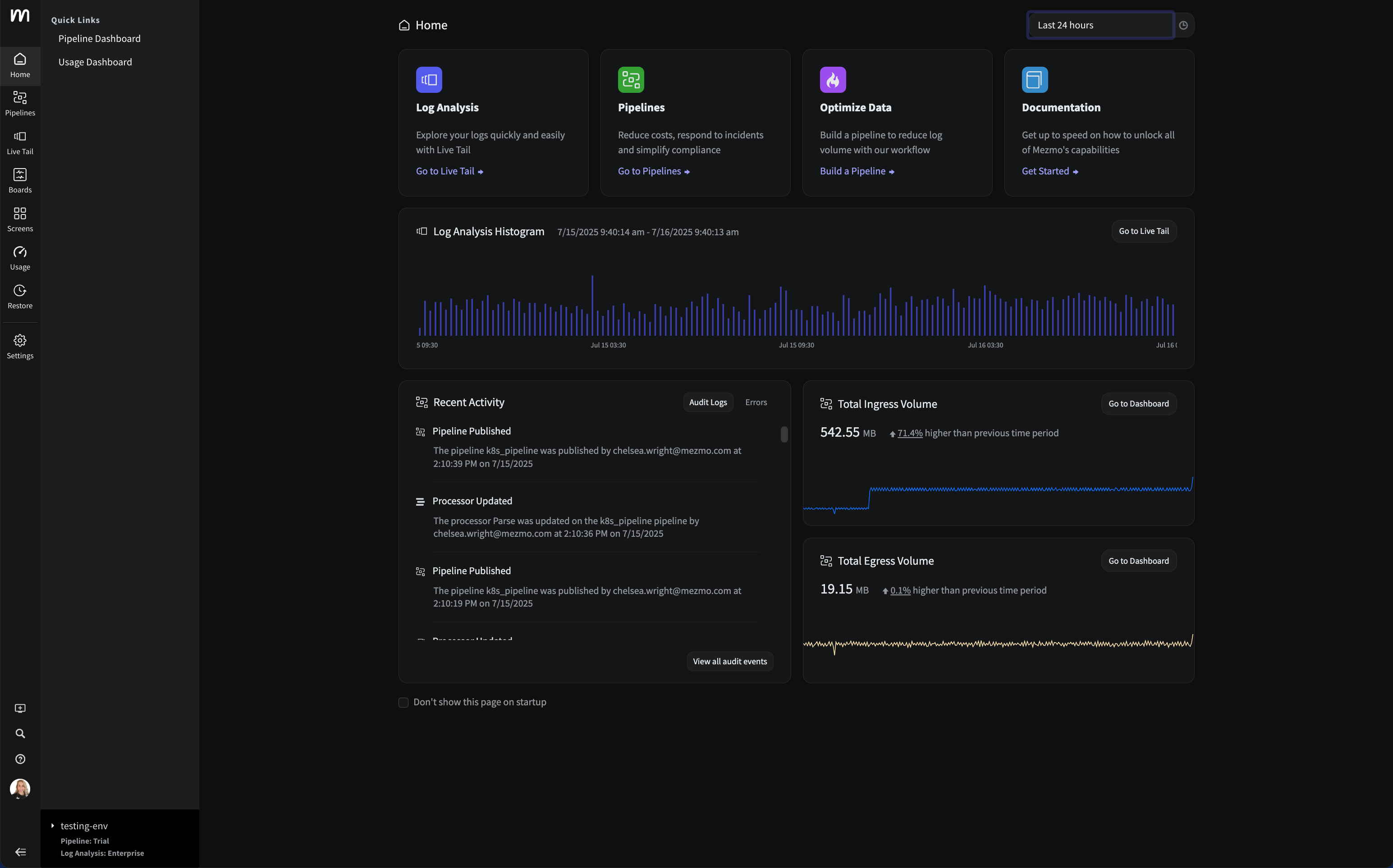


















.png)



































































